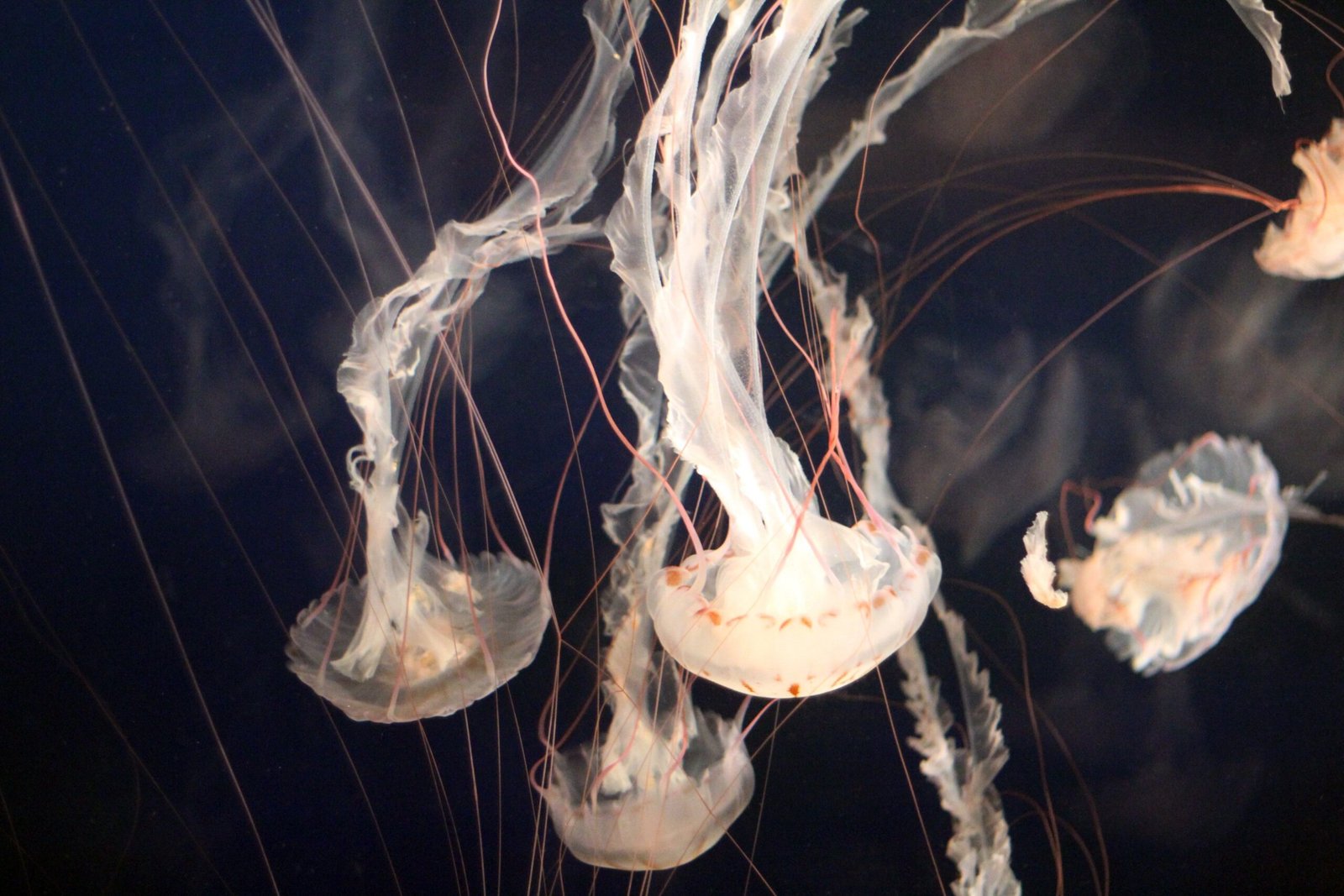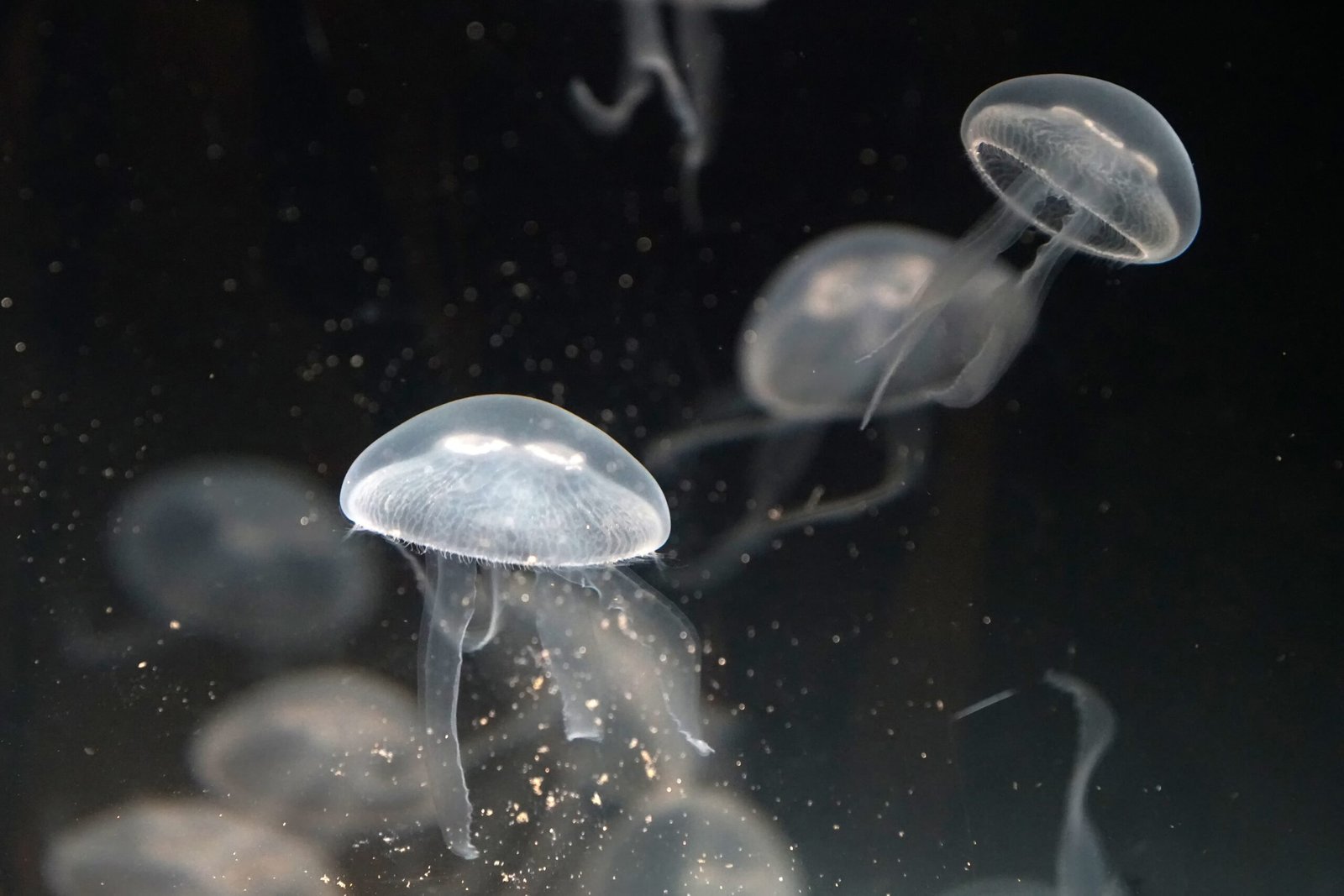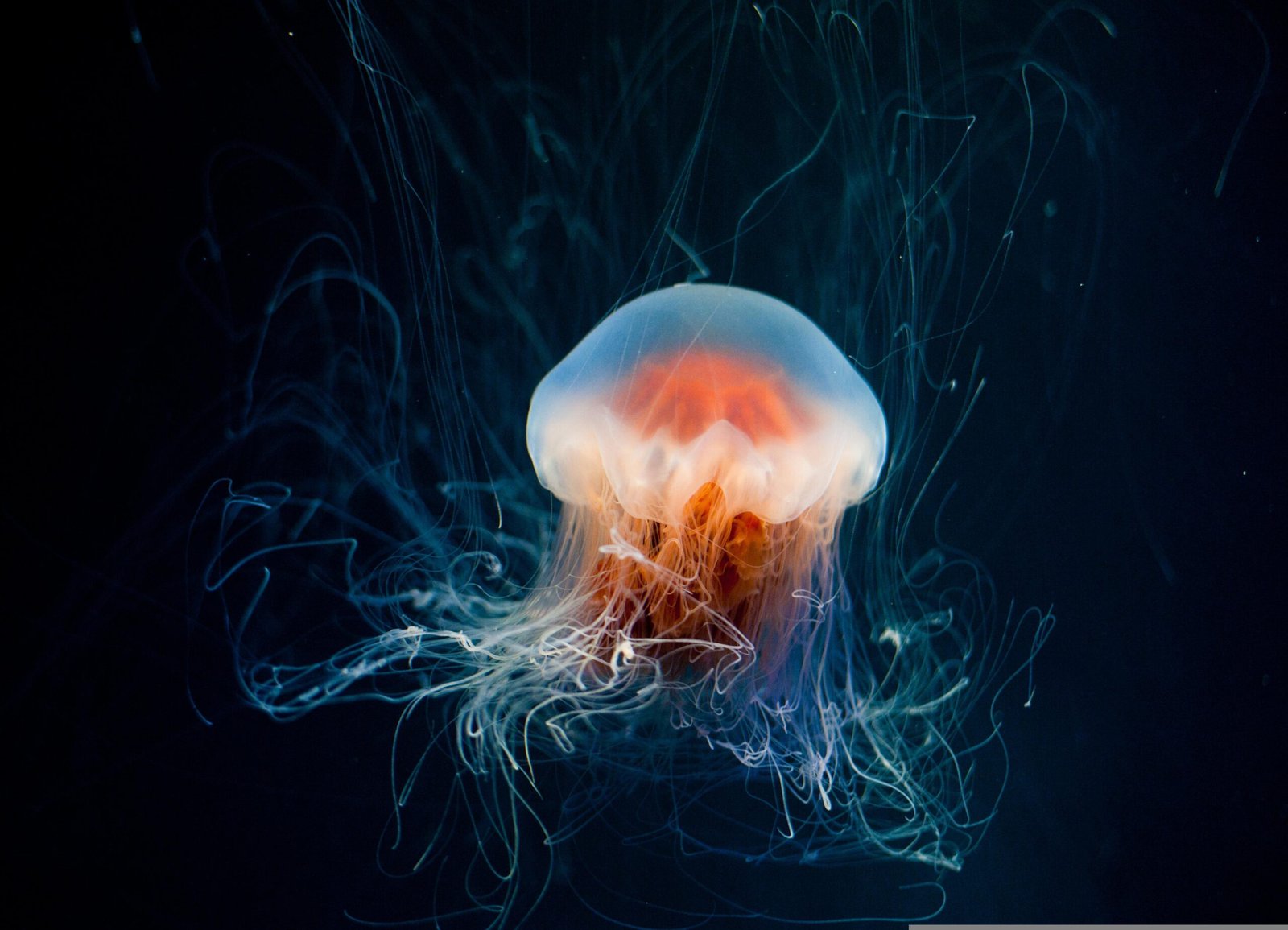Did you know there is an animal that technically never dies of old age? Discover the “immortal” creature that defies aging and what it could teach us about eternal life.
The Animal That Doesn’t Die of Old Age
What if death wasn’t inevitable?
In the natural world, aging is a process we all expect: cells weaken, organs deteriorate, and eventually, life ends. But deep beneath the waves, there is one tiny creature that breaks all the rules.
Meet the Turritopsis dohrnii more famously known as The Immortal Jellyfish.
This microscopic marvel has the scientific community stunned….because it might just have found the fountain of youth.
What Is the Immortal Jellyfish?
Native to the Mediterranean Sea (but now found worldwide), Turritopsis dohrnii is a small, transparent jellyfish no larger than a pinky nail.
At first glance, it looks like any ordinary jellyfish.
But here is where it gets weird:
When it is injured, stressed, or aging, instead of dying, it reverts back to its juvenile polyp stage starting its life cycle all over again.
This process is known as transdifferentiation, and it’s unlike anything else in the animal kingdom.
How It “Rewinds” Its Life
Most jellyfish have a linear life cycle:
Egg
Larva
Polyp
Medusa (adult jellyfish)
Death
But Turritopsis dohrnii breaks the cycle. When faced with threats, it:
Transforms its mature medusa cells back into polyp-like cells
Grows a new polyp colony
Clones itself into new jellyfish
It is like a butterfly turning back into a caterpillar and then becoming a butterfly again. Over and over.


Why Doesn’t It Die of Old Age?
Biologically, this jellyfish doesn’t age in the way humans do. It:
Repairs cellular damage
Avoids DNA degradation
Doesn’t suffer the same immune system decline as mammals
Can repeat its life cycle indefinitely (in theory)
This makes it biologically immortal meaning it can die from injury, predators, or disease, but not from aging.
What This Means for Science (and Humans)
The immortal jellyfish has become a hot topic in aging research, and for good reason:
Its transdifferentiation ability could hold clues for regenerative medicine
Scientists are studying its genes to understand how aging can be reversed
It could inspire anti-aging therapies, especially for degenerative diseases
Imagine being able to reprogram human cells to reverse aging…
Sounds sci-fi?
Well, Turritopsis dohrnii is living proof that nature already does it.
Did You Know?
Some immortal jellyfish have been known to repeat this rebirth cycle dozens of times
They are so small, millions could fit in a single swimming pool
Other long-living creatures include the Greenland shark (lives 400+ years) and hydra (which also show signs of negligible aging)
The Takeaway
The Turritopsis dohrnii reminds us that life and death aren’t always as fixed as we think.
Aging may be universal, but it is not unstoppable.
In a quiet corner of the ocean, a tiny jellyfish is proving that the rules of biology can be rewritten.
Who knows?
The secrets of human immortality might be floating somewhere just beneath the surface.














